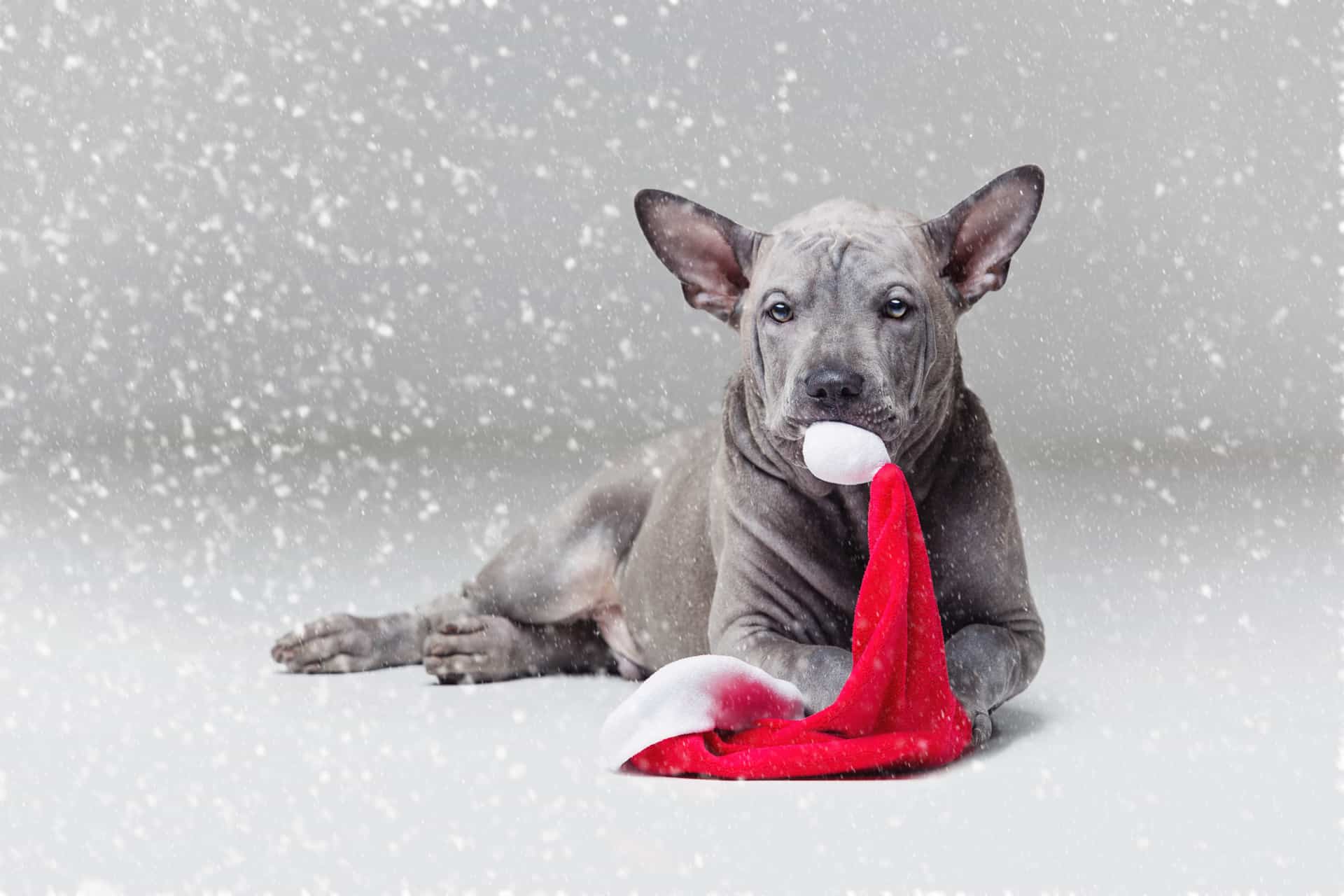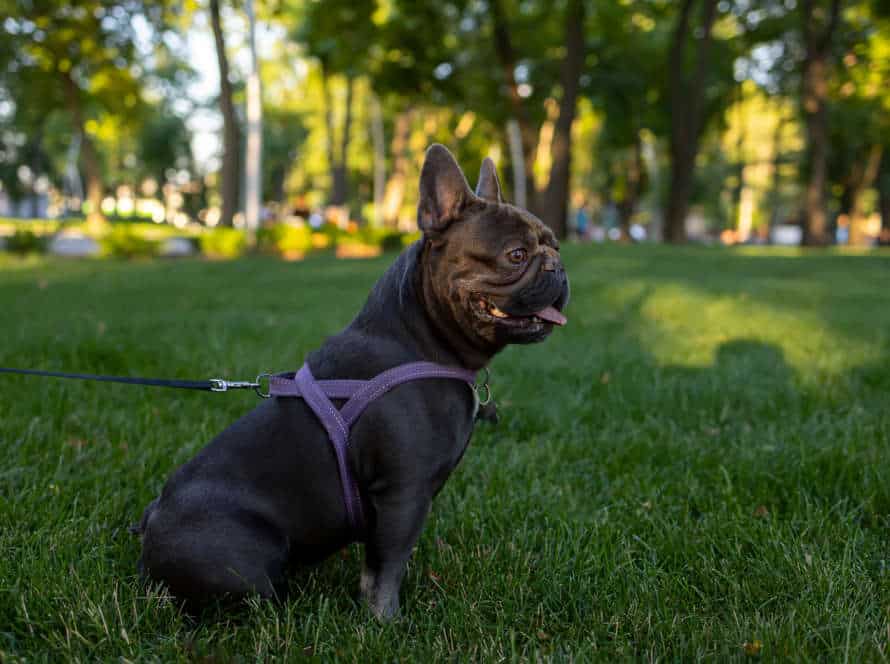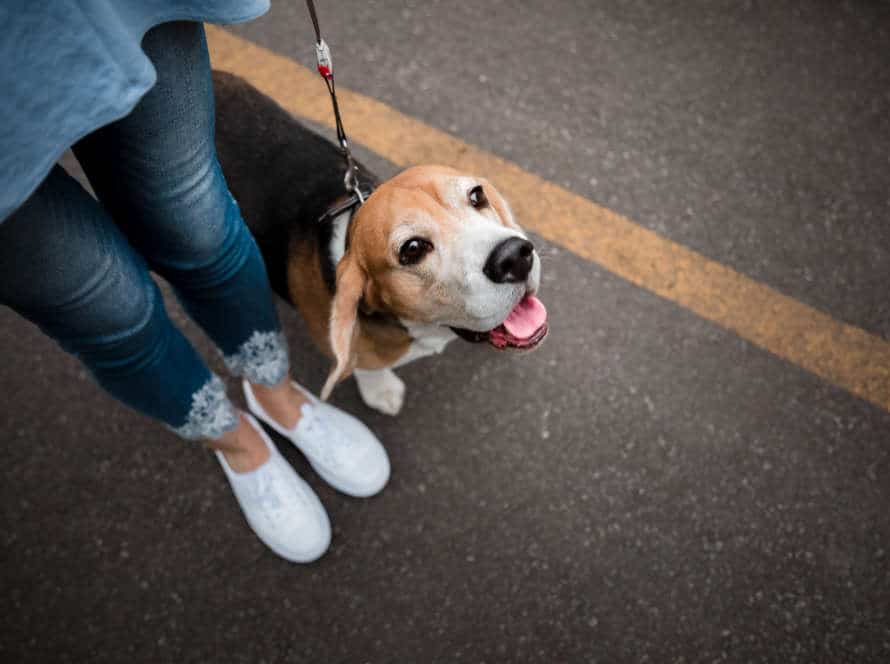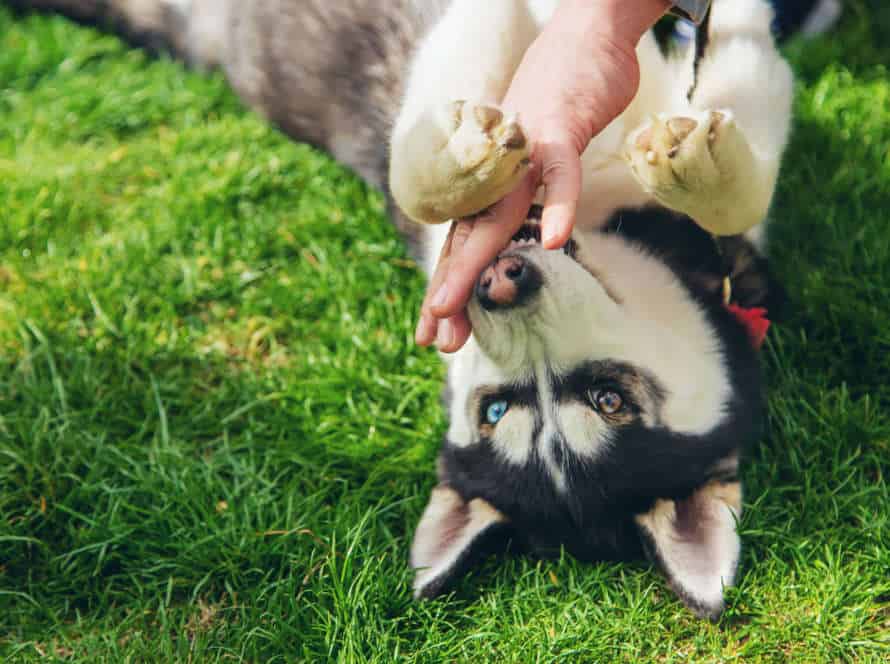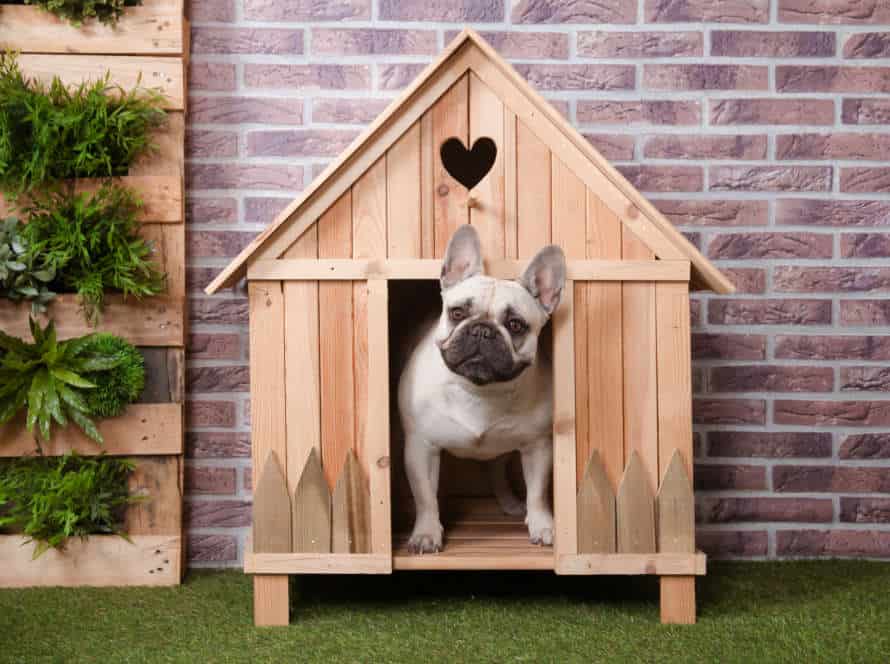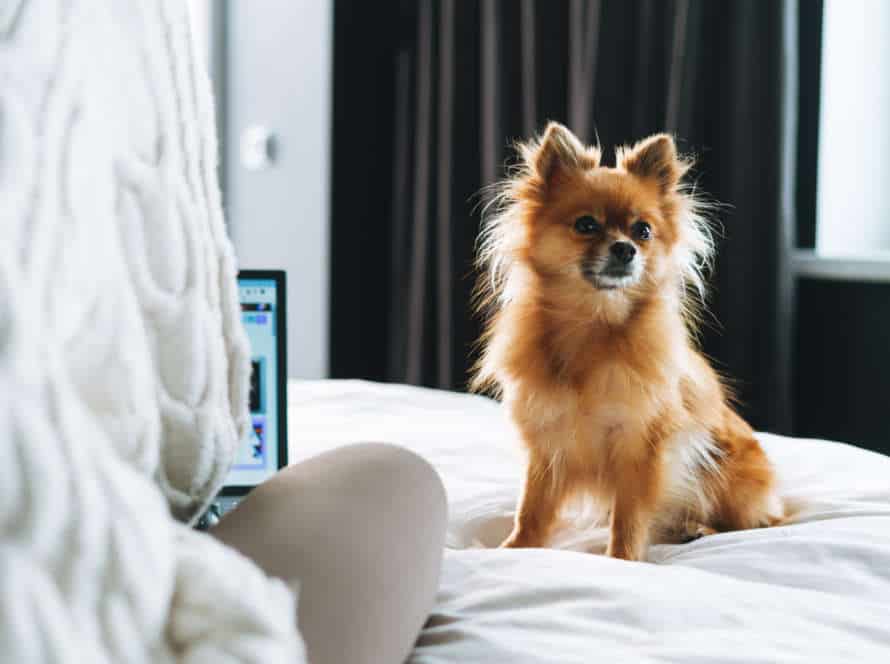Redirecting Puppy Biting Behavior
Redirecting puppy biting is a must for any responsible puppy owner. Positive reinforcement can do the trick! This involves rewarding the pup for wanted behaviors and ignoring any undesired ones. In this article, let’s delve into techniques for redirecting and other tips for tackling this tricky behavior.
Understanding the Reasons Behind Puppy Biting
Puppy biting is a common issue for young dogs. There are multiple reasons why puppies nip or bite. Understanding these reasons and using proper training techniques can help redirect this behavior and guide your puppy to develop better habits.
Reasons for biting:
- Teething: Puppies may bite to ease pain and discomfort. Give them chew toys to send their biting in another direction.
- Exploration: Puppies use their mouths to explore their environment, so they may bite or nibble on things around the home. Give them interactive toys to grab their attention instead.
- Play: Puppies learn by playing, and often include gentle biting during playtime. Encourage acceptable activities and redirect when it gets too rough.
- Fear or aggression: Puppies may bite due to fear or aggression, which requires professional training and behavior intervention. Ask for help from a vet or animal behaviorist if your pup displays these behaviors.
Redirecting biting behavior needs patience and consistency in training. Rewarding good behavior and redirecting unwanted behavior with positive reinforcement techniques can help your puppy form better habits.
Basic Training Techniques to Stop Puppy Biting
Puppy biting is a natural thing, but can soon become a problem. Basic training can help stop it and point the behavior towards more suitable play. Here are a few tips:
- Teach bite inhibition by encouraging your pup to use toys instead of hands for play.
- React with a sharp “ouch” or “no” when they bite.
- Redirect their attention to a chew toy or bone if they bite.
- Be consistent in training and praise good behavior.
- Socialize your fur baby so they learn how to play with other dogs and humans.
Pro tip: Redirection is a continuous process. Be patient, consistent, and never give up on your pup!
Teach Bite Inhibition
Teaching your pup bite inhibition is a key part of training them and changing their biting. Bite inhibition teaches puppies to control how hard they bite, which is essential for safety.
Here are some tips for bite inhibition:
- Reward your puppy for good behavior and redirect their biting onto toys or chew bones.
- If your pup bites too hard, make a loud, high-pitched yelp to show they were too rough.
- Give your puppy a timeout by walking away or removing them if their biting continues.
With patience, consistency and positive reinforcement, you can help your puppy learn to control their biting and become a great adult dog.
Use Positive Reinforcement Training
Positive reinforcement training is a great way to redirect your pup’s biting. It works by rewarding your pup for good behaviour instead of punishing them for bad behaviour. Here are some useful tips to use positive reinforcement training:
- Encourage playtime with chew toys, not your hands or feet. Praise and treat your pup when they use the chew toys instead of biting.
- Offer treats and praise when your pup shows good behaviour, like giving you a high five or sitting on command.
- Use a firm but gentle voice to discourage your pup from biting. Redirect their behaviour by giving them a chew toy or treat as a reward.
- Repeat this process consistently to help your pup learn that good behaviour is rewarded and bad behaviour is not.
Involve Chew Toys or Bones
Chew toys and bones can be great to help change puppy biting. This is because when puppies are teething, they love to chew to feel better and massage their gums. Providing them with chew toys and bones can help stop them from damaging your furniture or belongings. Plus, it teaches them what’s allowed to chew.
Here are a few tips for using chew toys and bones:
- Try a variety of textures, to see which one your puppy likes best.
- Keep an eye on them when they’re chewing. This will prevent choking or swallowing pieces.
- Change the toys and bones regularly, to keep them interested.
- Don’t give them old shoes or clothes. This might lead to them chewing the wrong things.
- Play with the toys and bones and praise them when they use them.
Advanced Training Techniques to Stop Puppy Biting
Got a puppy that loves to bite? Don’t worry! There are advanced training techniques that can help you stop it. Let’s see the best methods to keep your pup’s biting habits in check and maintain a stress-free home.
Start with Commands Such as ‘Leave it’ and ‘Drop it’
Train your puppy commands such as “leave it” and “drop it” to help them stop biting. Here is how to do it:
- “Leave it“: Hold a treat in your hand and say “leave it” firmly. If your pup starts to sniff the treat, pull the leash and repeat the command. If they leave it, give them a different treat as a reward.
- “Drop it“: Give your pup a toy and say “drop it”. If they drop the toy, give them praise or a treat. Don’t force them if they don’t drop the toy. Gradually, they will learn the command. Rewards help reinforce this behavior.
By practicing these commands regularly, you’ll see your pup’s biting improve.
Train to Ignore Stimulating Objects
Training your pup to avoid fascinating objects is an important part of advanced training. Here’s how:
- Show your pup something they like, like a toy or chew.
- Start playing with it to get their attention.
- Offer them a treat, like kibble or a special treat, while they are focused on the item.
- Give them praise when they take the treat, and direct them back to the object.
- Repeat, gradually increasing the amount of time before offering a treat.
This method can help you stop biting behavior and encourage positive training results.
Introduce Strangers Early in Puppy’s Life
Introducing your puppy to strangers early is important. Doing this will help them learn not to bite. Here are some techniques:
- Use a firm “no” when they bite or nip during play.
- Give the “leave it” command. Put a treat on the floor and use the command to prevent them from biting it.
- Give them interactive toys and chew toys.
- Reward good behavior with treats, praise, or playtime.
This will help your puppy learn how to behave around people. Remember: consistency is key. All family members and visitors should use the same techniques.
Graduated Training to Avoid Puppy Biting
Dealing with puppy biting can be tough. But, you can use graduated techniques to help change the behavior and stop future biting incidents. Here’s how:
- Give your pup a chew toy or bone as a distraction.
- If they still bite, say “ouch” in a firm voice and move away or offer a toy/treat.
- If they keep biting, use a time-out technique. For a minute or two, remove them from the area.
- Gradually increase the time-out period to show that biting is not okay.
- Be consistent and provide positive reinforcement when they show good behavior. With consistent training and patience, your pup will learn to control their biting.
Seek Professional Help if Needed
Training your pup can be a great experience, but it can be tricky to stop them from biting. If redirection doesn’t work, it may be time to get help. There are advanced methods a pro trainer may use.
- Bite Inhibition Training: Teaching pups to control the pressure when they bite.
- Teaching Alternative Behaviors: Redirecting biting to acceptable options like a toy.
- Positive Reinforcement Training: Rewarding puppies for good behavior.
If you feel lost with the pup’s behavior, get help from a professional dog trainer or animal behaviorist. They can provide expert advice and give you a special plan for your pup.
Pro Tip: Consistent and patient training is important. Set rules, reward good behavior, and discourage negative ones.
Frequently Asked Questions
Q: What is the best way to redirect puppy biting behavior?
A: One of the best training techniques is to redirect their biting onto appropriate chew toys or bones.
Q: Can I punish my puppy for biting?
A: No, it is not recommended to punish your puppy for biting as it could lead to fear or aggression towards you.
Q: How do I teach my puppy not to bite people?
A: Teach your puppy soft mouth by making a high-pitched yelp when they bite too hard and immediately stop playing. This will teach them that biting too hard means the fun ends.
Q: How long will it take for my puppy to stop biting?
A: It varies for each puppy, but with consistent training techniques, it can take a few weeks to a few months for biting behavior to subside.
Q: What if my puppy continues to bite even after redirecting?
A: Consult with a professional dog trainer or behaviorist to assess the situation and develop a personalized training plan.

